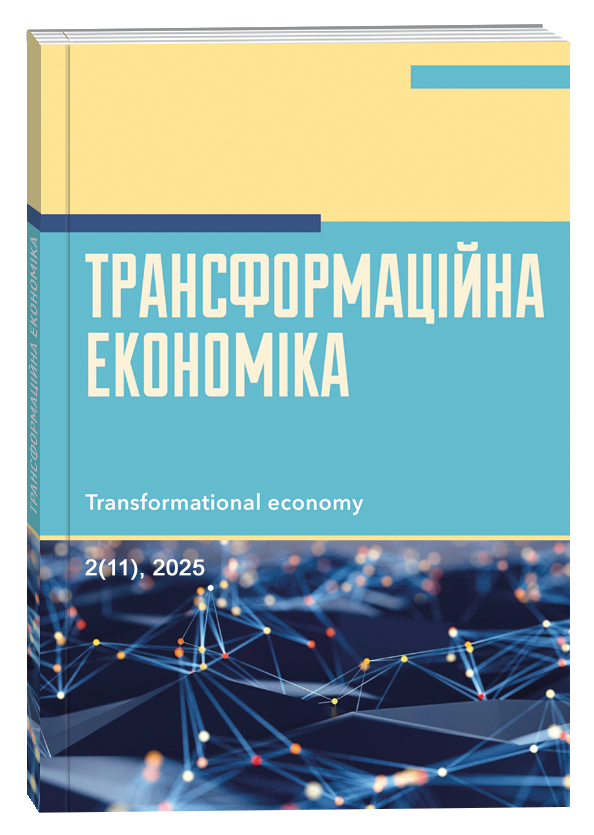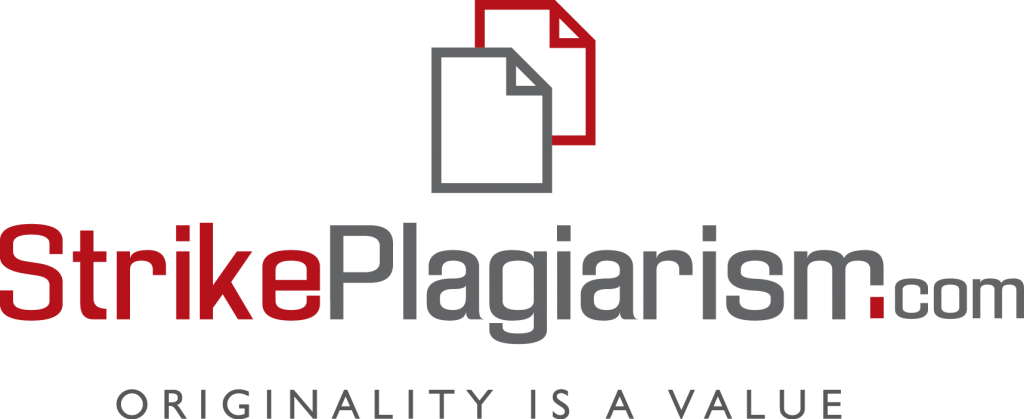THE MANAGER’S GUIDE TO EFFECTIVE MONITORING AND CONTROL IN THE CONTEXT OF PROJECT MANAGEMENT
Abstract
The research objective is to systematize and evaluate the most effective monitoring and control practices utilized by managers within IT outsourcing companies, emphasizing methods designed to enhance transparency, foster collaboration, and mitigate risks. Special attention is directed toward practices frequently underestimated but exceptionally impactful, such as systematic note-taking and meticulous meeting documentation. Employing a comprehensive methodological approach, this study integrates thorough literature analysis, detailed case study examinations of various IT outsourcing enterprises, and an extensive synthesis of best practices prevalent in the industry. Particular emphasis is placed on the practical utilization of Agile methodologies, including Scrum tools, burndown charts, velocity tracking, and iterative feedback loops, combined with public and structured note-taking practices. The article reveals that while traditional monitoring tools, such as Scrum frameworks and project tracking methodologies, provide significant value in enhancing project oversight, their true potential is unlocked when supplemented by transparent, structured, and publicly accessible documentation. This is particularly crucial in remote and distributed teams where clear communication pathways and accountability mechanisms are paramount. Structured note-taking serves as an essential coordination and risk mitigation tool, establishing a reliable record of decisions, task assignments, progress tracking, and accountability checkpoints. Consequently, the findings deliver actionable insights and practical guidelines for IT managers aimed at significantly improving control and monitoring effectiveness. Enhanced clarity in decision-making processes, increased transparency in task tracking, improved risk identification and mitigation, and strengthened overall organizational resilience and responsiveness are highlighted as direct outcomes achievable through systematic documentation practices. Moreover, the research highlights noticeable gaps in existing management literature regarding the strategic role of meeting documentation, suggesting this practice offers valuable advantages in modern IT environments.
References
Project Management Institute. (2017). A guide to the project management body of knowledge (PMBOK® guide) (6th ed.). Newtown Square, PA: Project Management Institute.
Rehkopf, M. (n.d.). Jira burndown chart: Step-by-step tutorial. Atlassian Agile Coach. Available at: https://www.atlassian.com/agile/tutorials/burndown-charts (accessed May 29, 2025).
Davidson, D. (2021, September 13). Velocity: A revolutionary way to measure Scrum. Scrum.org. Available at: https://www.scrum.org/resources/blog/velocity-revolutionary-way-measure-scrum (accessed May 29, 2025).
Schiel, J. (2009). Agile project management: Monitoring, reporting, and controlling. In Enterprise-scale agile software development (pp. 233–260). CRC Press. https://doi.org/10.1201/9781439803226-23
Derby, E., & Larsen, D. (2006). Agile retrospectives: Making good teams great. Pragmatic Bookshelf.
Microsoft. (n.d.). Collaborate with others. Microsoft Support. Available at: https://support.microsoft.com/en-us/office/collaborate-with-others-b85eef71-e96b-4325-9501-228588728bc9 (accessed May 29, 2025).
Harris, T. (n.d.). How to take notes in meetings. The Lucid Meetings Blog. Available at: https://blog.lucidmeetings.com/blog/how-to-take-notes-in-meetings (accessed May 29, 2025).
OpenAI. (2023). ChatGPT (Mar 14 version) [Large language model]. Available at: https://chat.openai.com/chat (accessed May 29, 2025).
Allen, D. (2001). Getting things done: The art of stress-free productivity. Viking Press.
Serrador, P., & Pinto, J. K. (2015). Does Agile work? - A quantitative analysis of agile project success. International Journal of Project Management, vol. 33, no. 5, pp. 1040–1051. DOI: https://doi.org/10.1016/j.ijproman.2015.01.006
Piolat, A., Olive, T., & Kellogg, R. T. (2005). Cognitive effort during note taking. Applied Cognitive Psychology, vol. 19, no. 3, pp. 291–312. DOI: https://doi.org/10.1002/acp.1086
Balaban, S., & Đurašković, J. (2021). Agile project management as an answer to changing environment. European Project Management Journal, vol. 11, no. 1, pp. 12–19. DOI: https://doi.org/10.18485/epmj.2021.11.1.2


